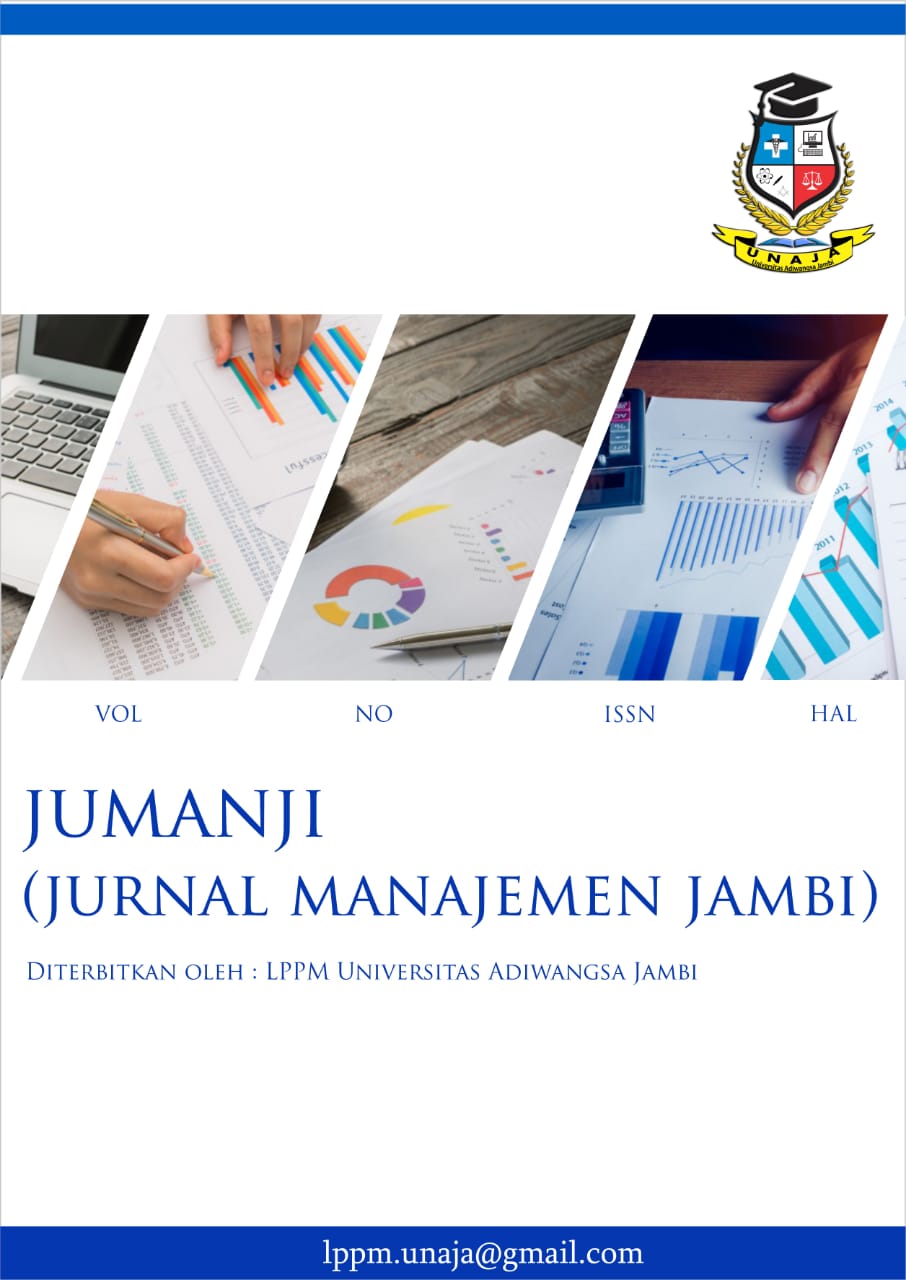PENERAPAN MANAJEMEN PERENCANAAN PRODUKSI PADA USAHA BUDIDAYA KARANG HIAS (coral) DI PT. DIRGA MEGA CIPTA (AQUANEST) BEKASI-JAWA BARAT
DOI:
https://doi.org/10.35141/jmj.v5i2.835Keywords:
Karang hias, perencanaan, budidayaAbstract
Production planning is an activity in preparing everything that will be implemented to achieve the goals to be achieved. Ornamental coral (coral) is one of Indonesia's marine and fishery commodities traded in international markets. Ornamental coral cultivation is a science that teaches how to process or organize coral cultivation by looking at the situation both in terms of type and quantity as well as the cultivation habitat in order to obtain quality products (coral).
This writing aims to determine the application of production planning management in ornamental coral (coral) cultivation at PT. Dirga Mega Cipta (Aquanest) Bekasi-West Java. The data collection method was carried out by observation and literature review. The types of data used are primary data and secondary data. The data analysis used is a qualitative descriptive analysis, which describes the production planning activities in the ornamental coral / coral cultivation business systematically at PT. Dirga Mega Cipta (AQUANEST) Bekasi, West Java. The results of observations made at PT. Dirga Mega Cipta (Aquanest) Bekasi, West Java, which is an ornamental coral (coral) cultivation business, has implemented a plan consisting of: brood planting planning, ornamental coral (coral) propagation planning, harvesting planning, transplanting method planning, coral broodstock production capability planning decoration, maintenance planning, monitoring planning, production scheduling planning, and marketing planning.











